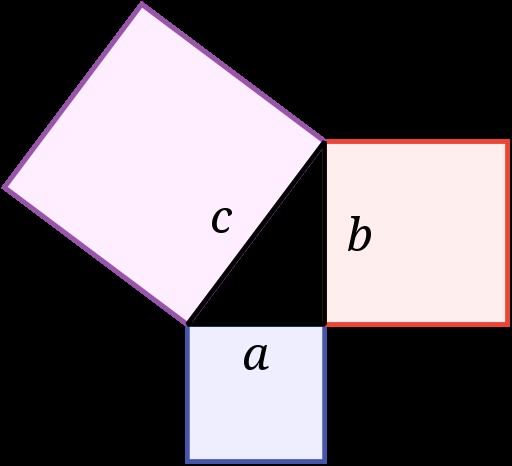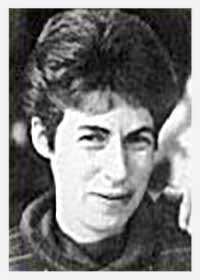Applied mathematics is any valid mathematics that arises in the evolution and dispatch of real-world problems. It may use all of the techniques of "pure" mathematics, but the two differ in the sources of problems addressed and the uses to which solutions will be put. Therefore, applied mathematics can involve engineering, physics and other fields, in addition to pure mathematics.
Applied Mathematics
Mathematician John L. Synge once noted that applying mathematics to a real-world problem involves three stages. The first stage is to dive from the world of reality into the world of mathematics. The second stage is a swim in the ocean of mathematics. The third stage is a climb back from the world of mathematics into the world of reality and, importantly, with a prediction in your teeth.
Other mathematicians have amplified the preceding three stages to six stages: recognition, data collection, formulation, solution, computation and communication. Each stage requires different skills. While there are no sharp boundaries between the stages, they do catch the applied mathematician in different attitudes.
Recognition
In industry, the realization that a problem exists will usually come from an engineer, scientist or manager who is involved in the practical applications of a technology and is in a position to recognize that something needs improvement or that something is going wrong.
Data Collection
After a problem has been recognized, some specific data will be required to define it. Such data may be experimental, statistical or both. Therefore, experimental design and statistical analysis are important tools of the applied mathematician.
Formulation
When enough data has been collected to define the problem, it should be formulated in a way that is precise enough to work on, i.e., a mathematical model must be made of the situation. The model must be simple enough to permit a complete analysis, but also sufficiently close to reality to be relevant to the real problem being considered. In the process, all irrelevant details, and all details of only minor importance, must be suppressed. This narrowing focus permits concentration on major effects. To decide what is of major and what is of minor importance demands considerable savoir-faire and makes model building probably the most valuable and difficult task of the applied mathematician.
Solution
After recognition, data collection and formulation comes the solution, which may not be easy to achieve. Different formulations of a problem are usually possible and, as one formulation may be easier to handle than another, the solutions may vary in complexity. Often, general mathematical methods that are applicable in principle are not actually useful. This situation is especially true when a numerical answer, correct to a specified degree of accuracy, and at a reasonable cost of time and labour, is required. The neatness and simplicity of most textbook problems cannot be guaranteed in the real world; however, neatness or elegance in a solution frequently comes with real understanding of the problem.
Computation
Most problems require not only understanding but also an actual numerical solution. Computation of the relevant numbers frequently may be done more quickly and economically without using expensive computers; however, if extensive computer time is required, efficient programming is important. (See also Computer Science.) Good mathematicians can effect considerable savings through the way they prepare the problem for computation. Such problems arise in high-dimensional combinatorial problems (travelling salesman-type problems), the computation of high-dimensional multiple integrals and three-dimensional partial differential equations involved in calculations of elasticity, weather predictions, etc. At the solution and computation stages, there should be feedback to the first three stages to be sure that the problem actually being solved is indeed the problem that was supposed to be solved and not some other, albeit interesting, one related to it. This may require several passes through the feedback loop.
Communication
Applied mathematicians must make their findings accessible to the people they work for and must communicate their work in a style less compact and easier for a nonspecialist to read than that common in most mathematical journals.

 Share on Facebook
Share on Facebook Share on X
Share on X Share by Email
Share by Email Share on Google Classroom
Share on Google Classroom








